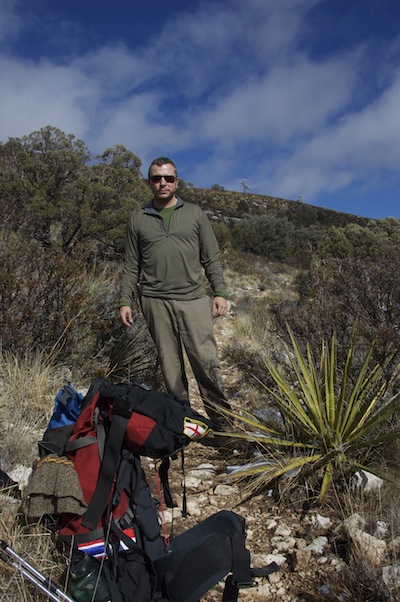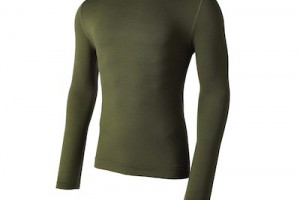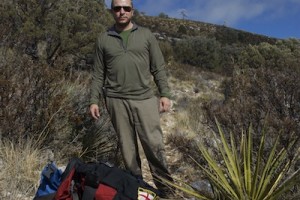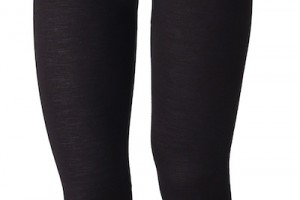NEITHER IS WATER. Not until you really need it. On the icy Tejas Trail, midway through a racing Guadalupe Mountains fog, the cold air drove me, 60 pounds of water and gear harnessed me to the path, and loose gravel tested my knees like hinges on a swollen oak door.
There, water and underwear were exciting.
A hundred iterations of clothing arrangements had come and gone, micro-adjustments of hats and sleeves and zippers and layers, but I’d missed the mark. A three-hour climb had me sweating. The rangers had said the temperature would drop into the teens at altitude. High winds and freezing precipitation were on the way. This was my first hike with my Redington RediLayer baselayer. And the hike didn’t look anything like we’d planned.



